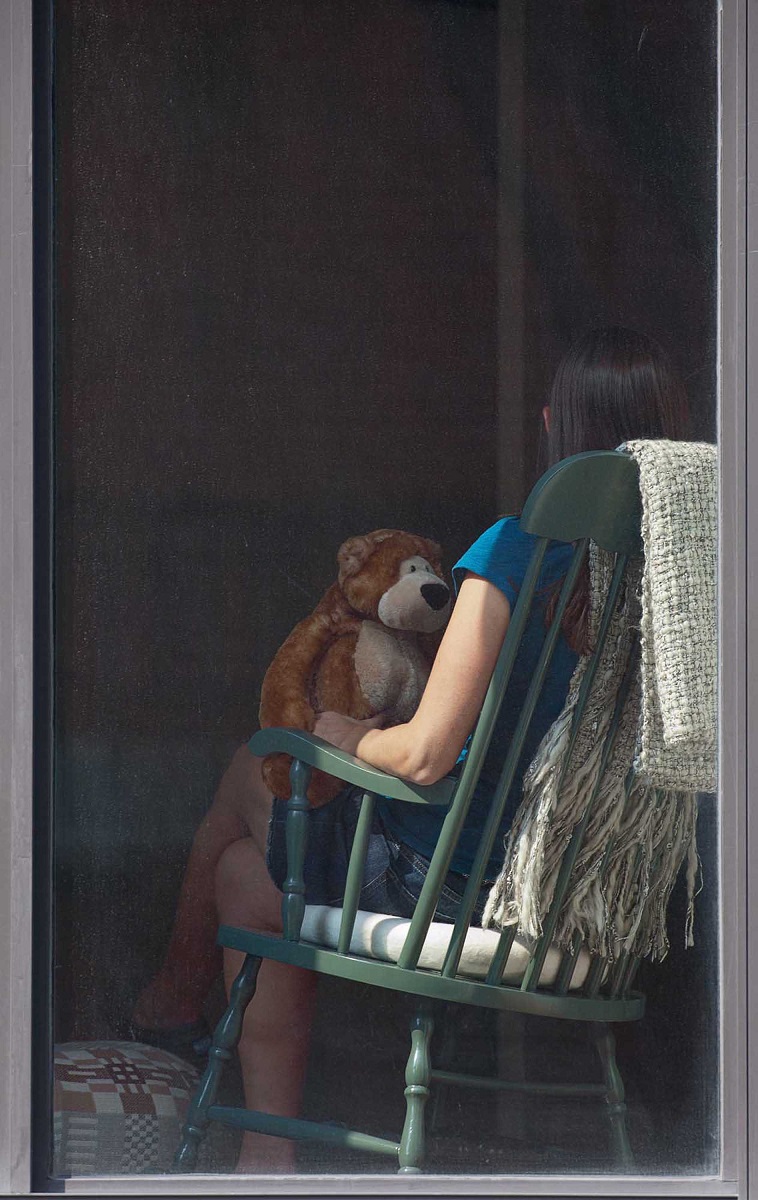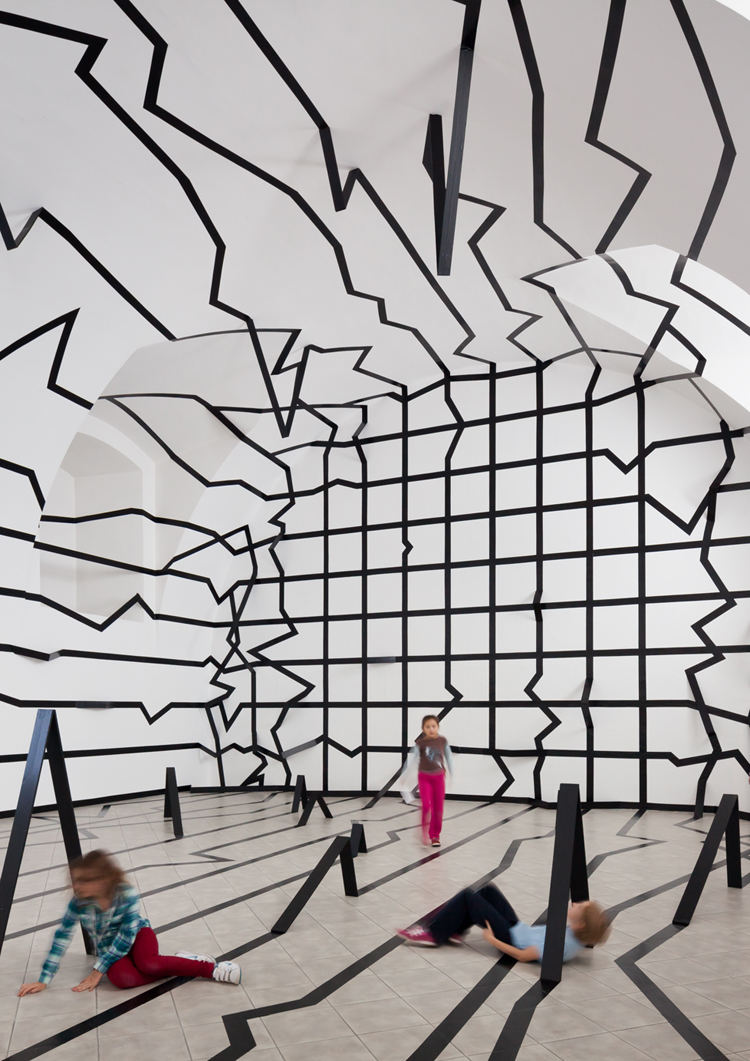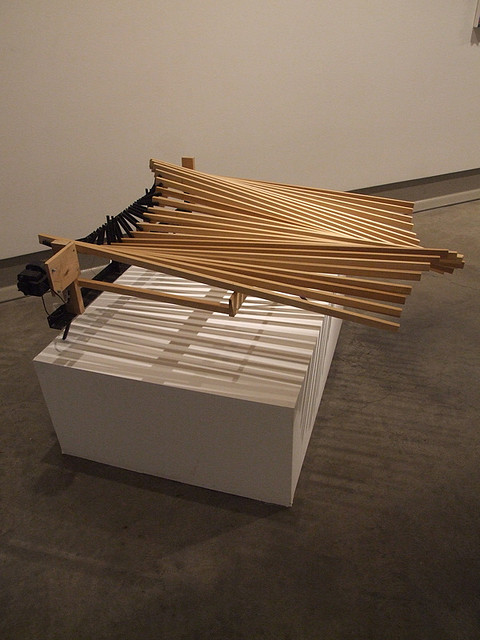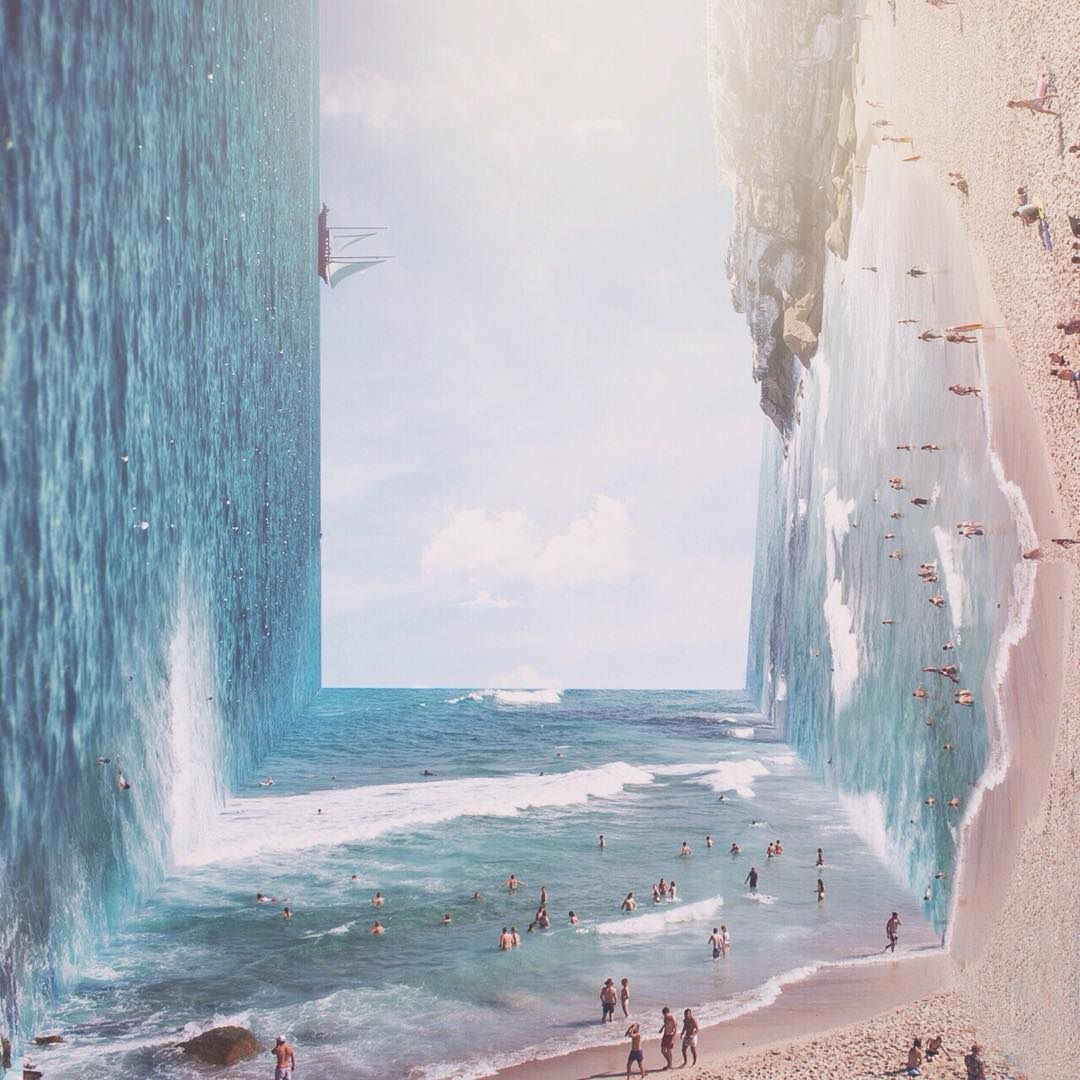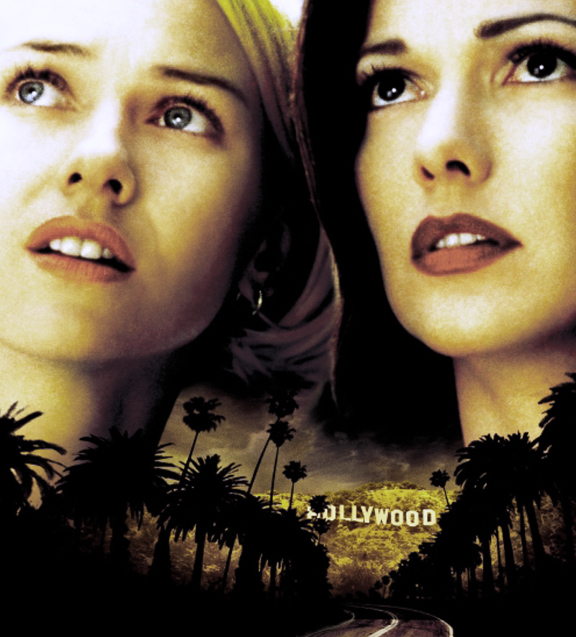
Eric Klarenbeek, Designer of the unusual
Eye Jewellery
Eric Klarenbeek does special projects, or let’s say the unusual, for unusual people, projects or purposes. His studio connects creatives, designers, local crafts and clients by inventing new projects and products and believing our world can be so much better, more beautiful and honest. “My work is characterized by interaction and innovation. My products can be in motion, react on our presence or respond on developments in our society. I search for new meaning and principles in objects, for unexplored connections between materials, production methods, makers and users. Scale and appliance are irrelevant. I’ve designed jewellery, but also developed concepts to connect tourists to local craftsmen”, says Eric.


























